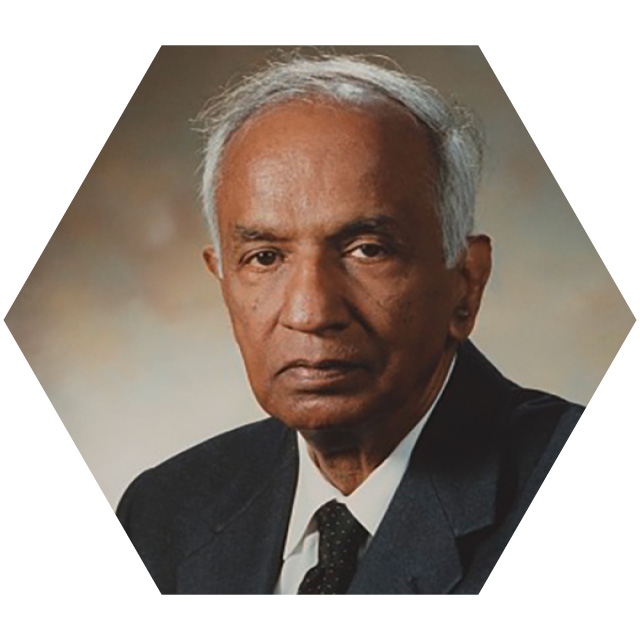Subrahmanyan Chandrasekhar

Subrahmanyan Chandrasekhar (1910-1995) was an Indian-American astrophysicist who made significant contributions to our understanding of the behaviour and structure of stars, particularly in the later stages of their evolution.
Born in Lahore, British India (now Pakistan), Chandrasekhar's work fundamentally shaped the field of astrophysics and earned him the Nobel Prize in Physics.
Chandrasekhar's most groundbreaking concept, known as the Chandrasekhar limit, revolutionized our understanding of the fate of massive stars. He demonstrated that there is an upper mass limit—now called the Chandrasekhar mass—beyond which a star's core collapses under its own gravitational pull, leading to the formation of dense objects like white dwarfs or even more massive objects like neutron stars or black holes.
Chandrasekhar's work eventually gained recognition and transformed the field of stellar evolution. In 1983, he was awarded the Nobel Prize in Physics for his contributions to our understanding of the physical processes involved in the structure and evolution of stars.

